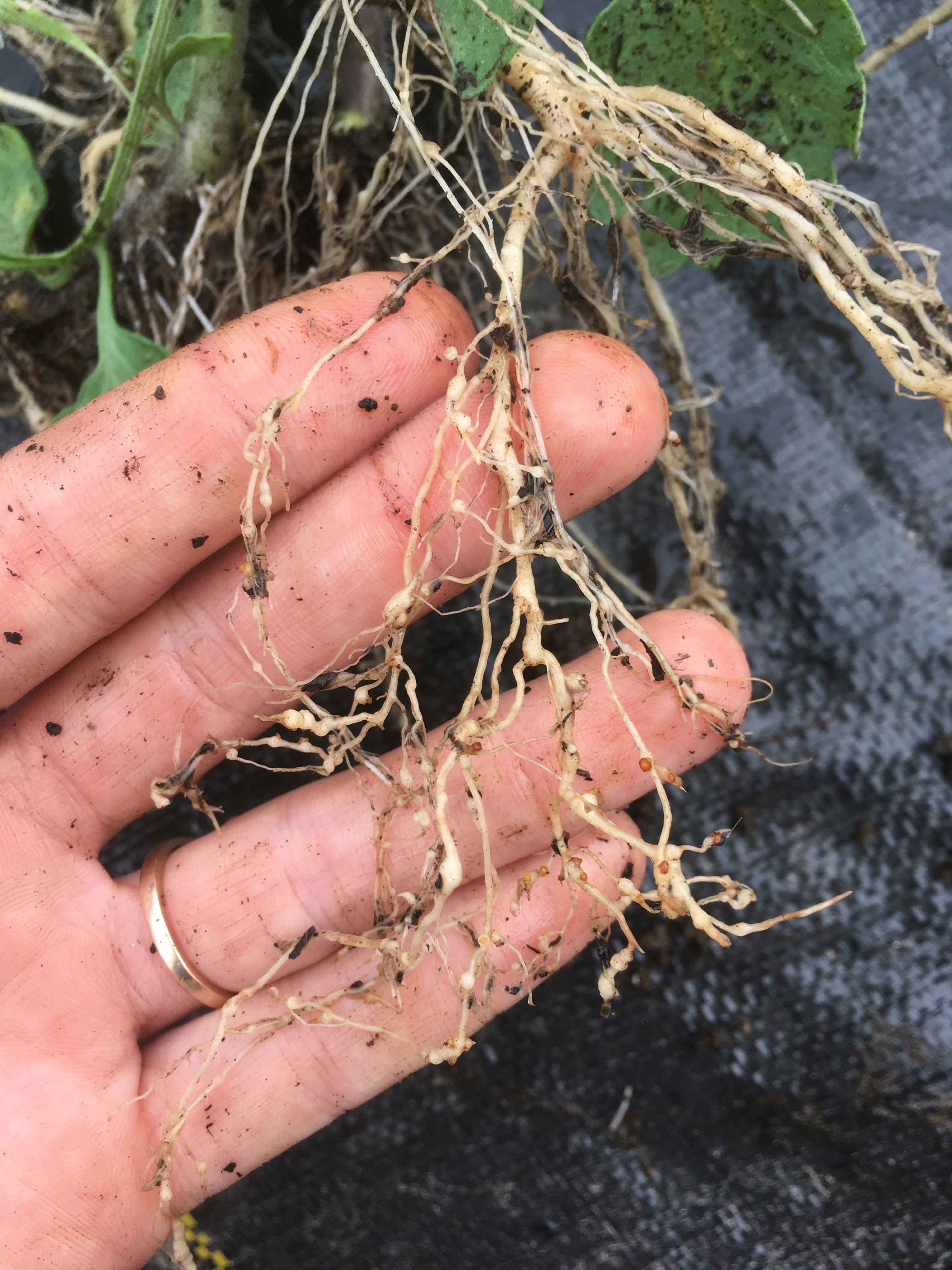Tomato Timeline
Early season varieties require 50 to 60 days to reach maturity.
| Bush Beefsteak | Silvery Fir Tree |
| Celebrity | Sophie's Choice |
| Gardener's Delight | Stupice |
| Early Girl | Subarctic |
| Manitoba | Tigerella |
Mid-season varieties require 60 to 80 days to reach maturity.
| Beefsteak | Hungarian Heart |
| Black Krim | Jet Star |
| Bonny Best | Rosella Purple |
Late season varieties require more than 80 days to reach maturity.
| Abe Lincoln | Cherokee Purple |
| Amana Orange | Kellogg's Breakfast |
| Brandywine | Livingston's Giant Oxheart |
Contact Us
(812) 354-6838
Purdue Extension Pike County
801 E. Main Street
Petersburg, IN 47567
Follow these Five Steps to increase your odds of growing quality tomato plants this spring and summer.
- Diagnose the Problem Correctly
Before you can treat any disorder, you have to identify
the problem correctly. Photographs may help you diagnose tomato
diseases. However, it may be wise to test a sample
for an accurate diagnosis. You can bring a sample to
the Pike County Purdue Extension office or
you can send a sample to the Purdue Plant and Pest
Diagnostic Laboratory.
Instructions on how to prepare and send a sample may
be found on the Purdue Plant and Pest Diagnostic
Laboratory website, www.ppdl.purdue.edu. - Plant Resistant Varieties
Whenever possible, choose varieties that have
resistance to diseases. For example, tomato varieties
are available that are resistant to Verticillium wilt,
Fusarium wilt, and root-knot nematode — thus, the
letters VFN are often associated with tomato varieties
that have such resistances. There are no other practical
means of controlling these diseases except for resistant
varieties. - Practice Crop Rotation, Fall Tillage, & Sanitation
Whenever possible, do not plant tomatoes in the same
place year after year. Many pathogens, such as the ones
that cause early blight, survive from year to year in
crop debris.
If it is not possible to rotate to a different plot of
ground each year, remove tomato plants from the
garden as soon as you complete harvest.
Use clean stakes or cages each year. - Maintain Plant Vigor
Tomatoes planted in welltilled, well-drained, and properly fertilized soil, will
be less prone to early blight and Septoria infection.
They grow best
in a slightly acidic soil, pH 6.2 to 6.8. Water stress usually precedes blossom-end rot and
can make plants more susceptible to early blight and
Septoria leaf spot infection. At midseason, full-grown
tomato plants require about 1 inch of water a week.
Add water gradually and allow it to soak into the
soil. Avoid overhead irrigations, which can lead to
an increase in foliar diseases. - Use Fungicides as Needed
Regardless of the efforts to prevent disease, many
tomato gardens will have sufficient foliar disease to
compromise yield or fruit quality.
If you decide to apply fungicides, the following checklist might be
helpful:
• Be safe. Before you purchase a fungicide, check the
label to be sure that it will control the diseases your
plants have, and that it is safe to use on tomatoes.
By law, all fungicide labels are required to list such
information. Use the rate on the label and always
wear the proper protective wear.
• Use a pressure sprayer for best results. Compared
to dusting plants, mixing fungicides with water and
applying them with a pressure sprayer allows much
better coverage and distribution of the fungicide on
the plant.
• Apply fungicides before disease symptoms occur or
in the early stages of the disease. These applications
will be more effective than applications made after
the disease is well along. Begin sprays when plants
approach 10 to 12 inches tall and continue spraying
at 7- to 14-day intervals throughout the season,
especially if disease has been severe in recent years.
Below are just a few of the common issues we see with tomato plants throughout the growing season.
Please contact Alex with any questions you may have!
Infectious Diseases
| Early Blight |  |
| Septoria Leaf Spot |  |
| Fusarium Wilt and Verticillium Wilt |  |
| Bacterial Spot and Bacterial Speck |  |
| Root-knot Nematode |  |
Nonifectious Disorders
| Blossom-end Rot |  |
| Catfacing |  |
| Herbicide Injury |  |